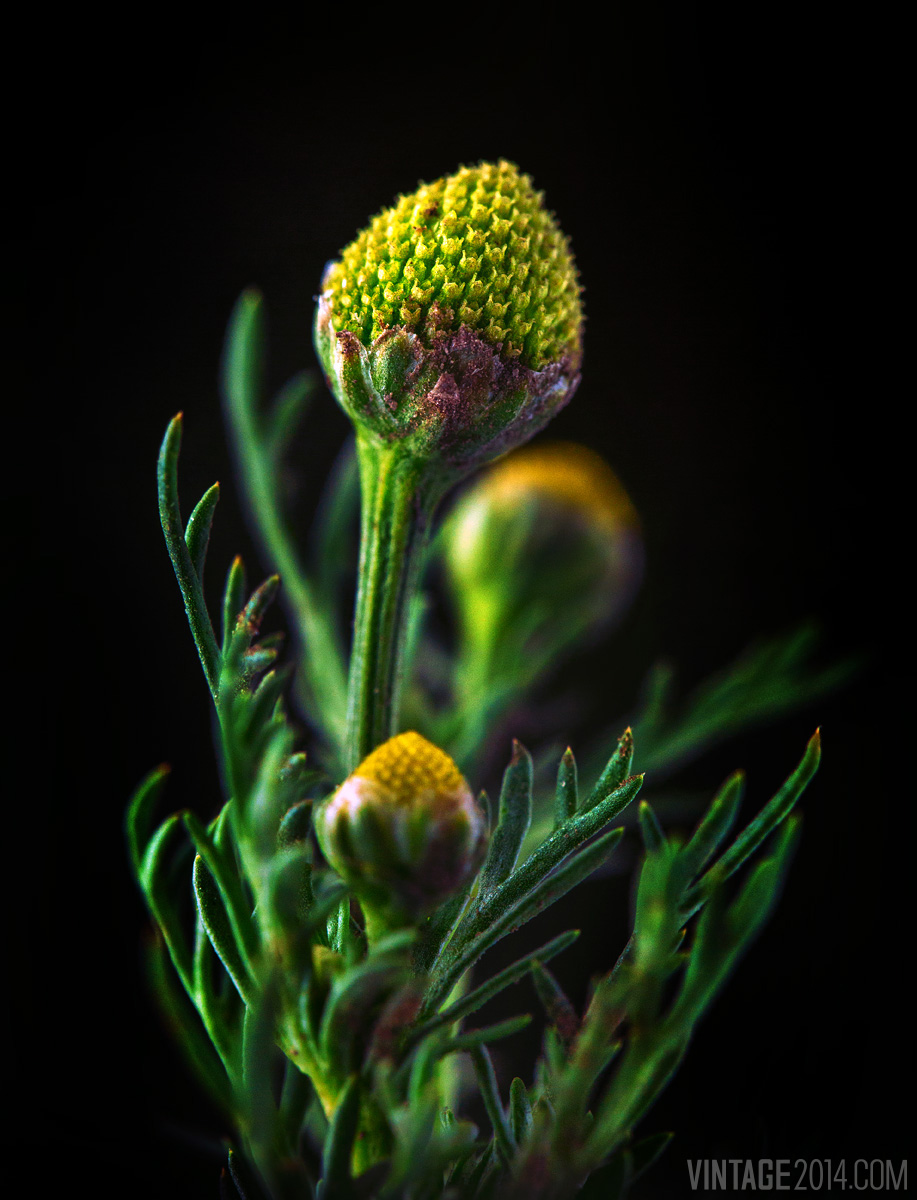Those pretty little daisy-like wildflowers you see among the vines are there for more than appearances. You may be familiar with chamomile in its most popular form: tea.
Its medicinal purposes are well established, and today’s vineyards recognize the value of its delightful presence as well. Like other vineyard cover crops, chamomile seeds are sown to prevent erosion, increase biomass, and attract beneficial insects, which protect grape vines from predatory insects. Since it is a hearty, edible herb and grows natively in many areas, it makes a wonderful addition to the vineyard floor.
As the chamomile grows, its foliage shades the earth from the radiant sun. In the spring, when the white and yellow flowers are at their peak, the chamomile, also referred to as “pineapple weed,” is mowed and tilled back under. This process helps feed the soil naturally. It protects against weed growth and provides the soil with much-needed nutrients. This valuable herb is also self-seeding and brings both beauty and nourishment to the land year after year.

